D-Day: remarkable pictures from the Normandy invasion
Theresa May and Donald Trump arrive in France to mark the 75th anniversary
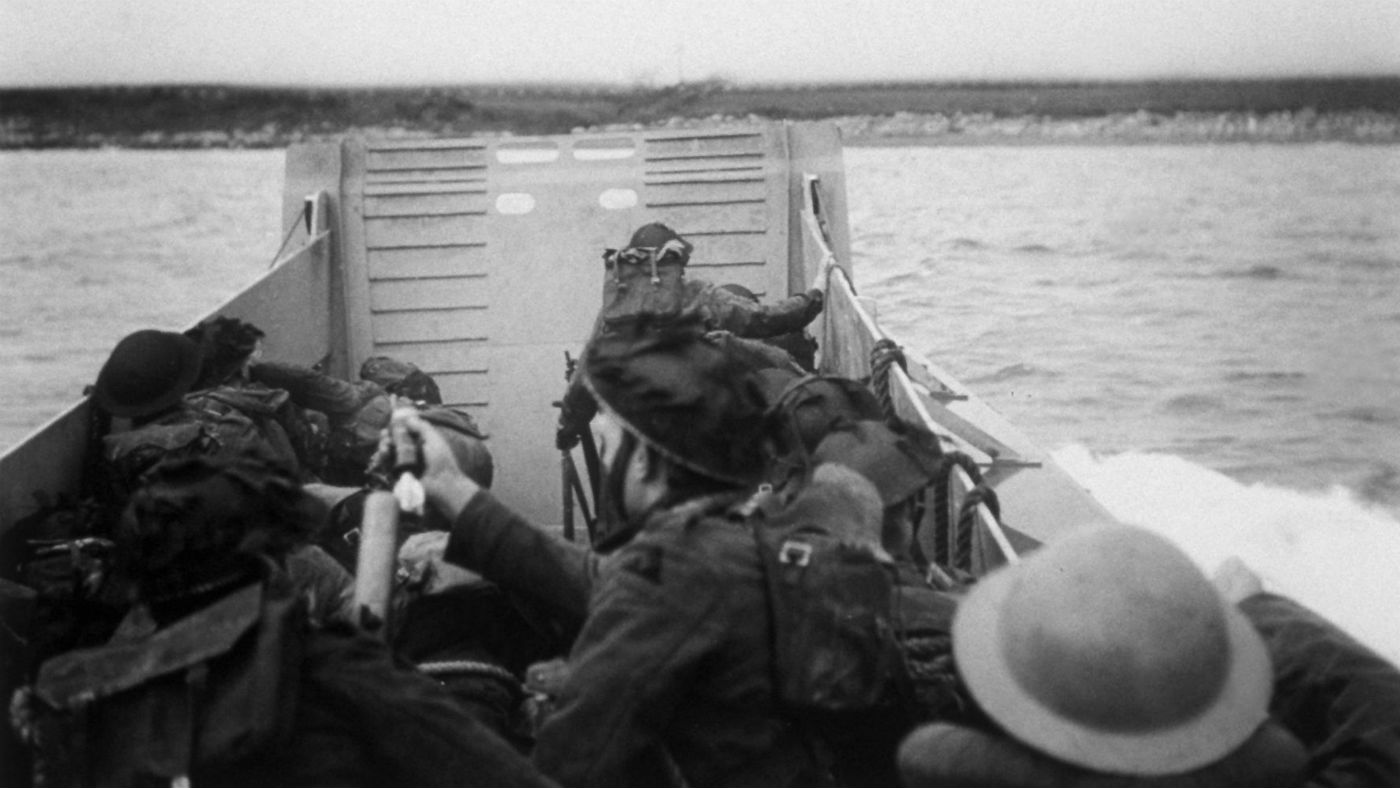
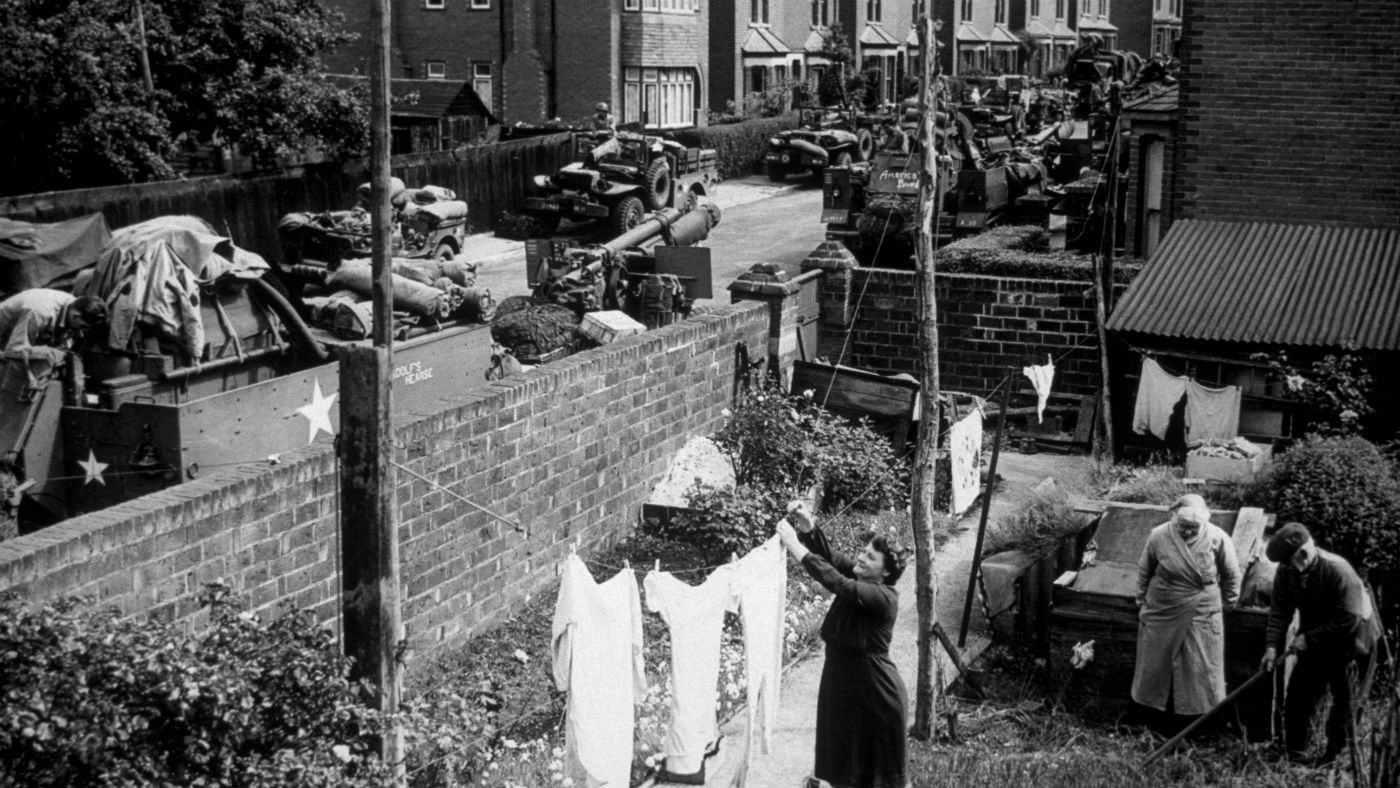
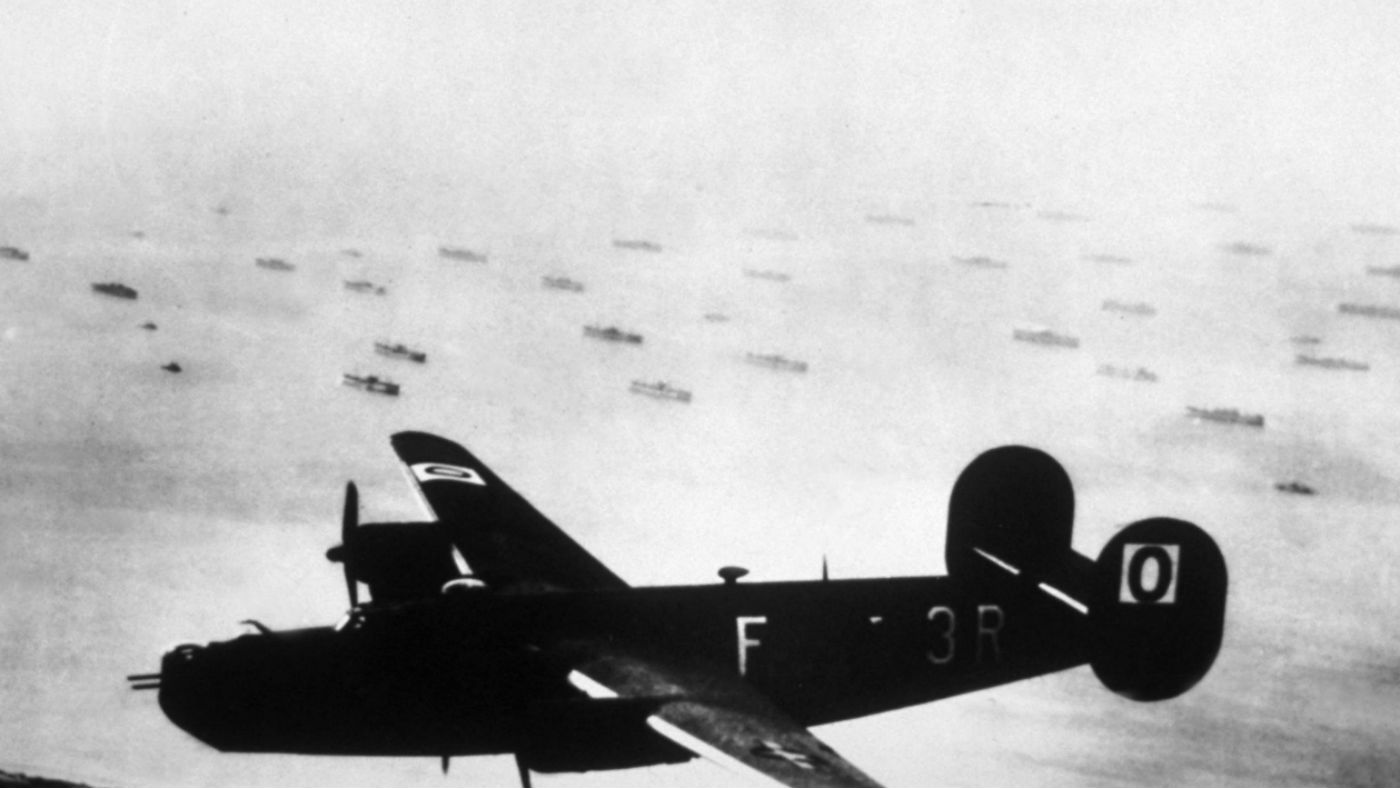
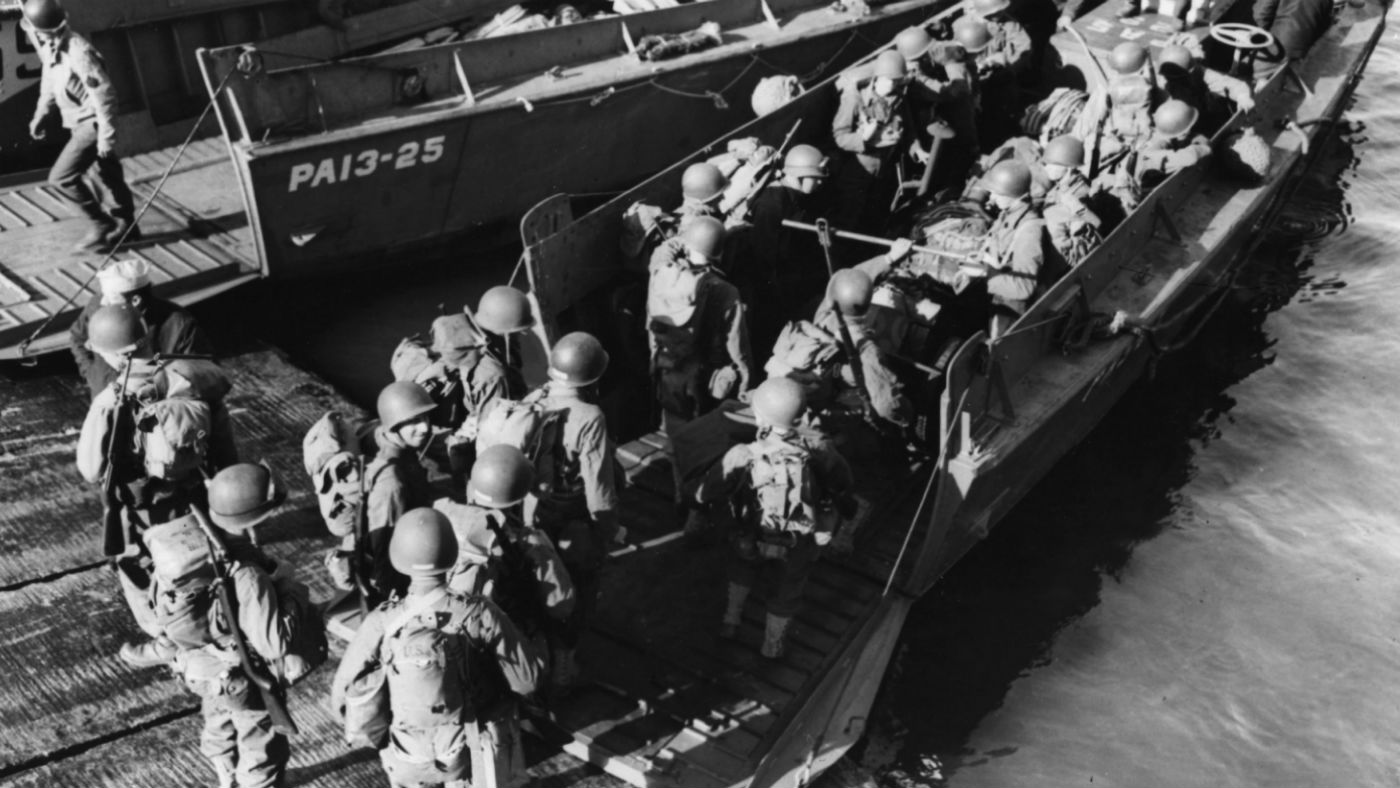
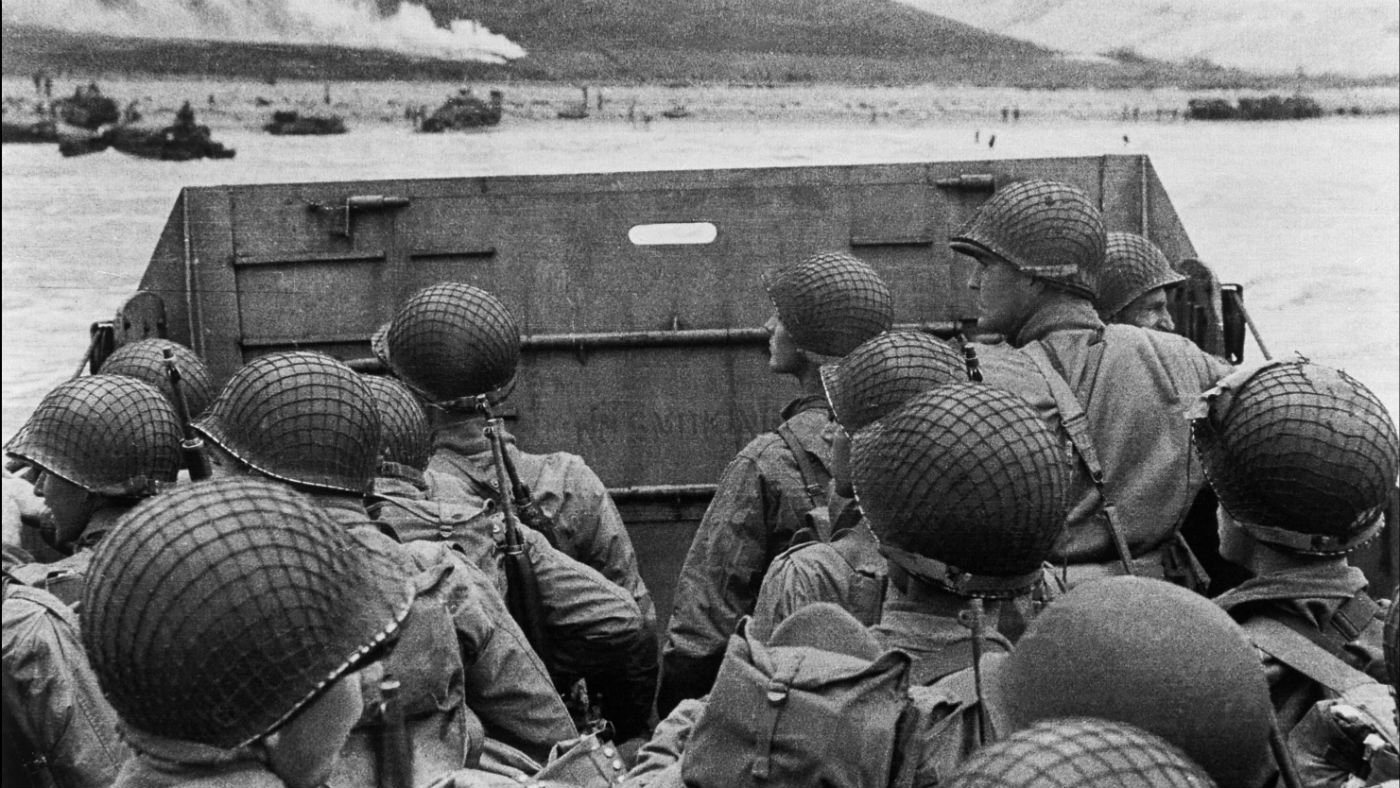
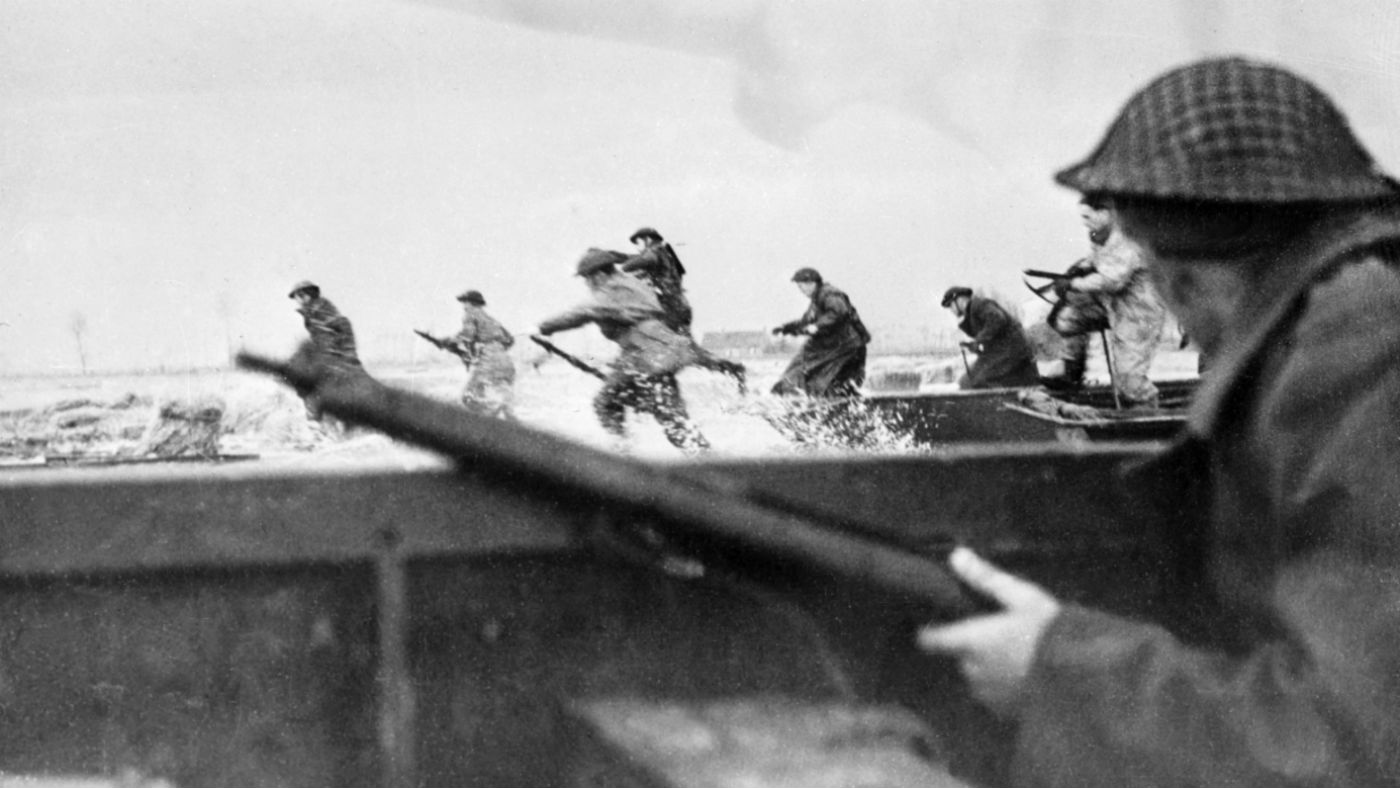



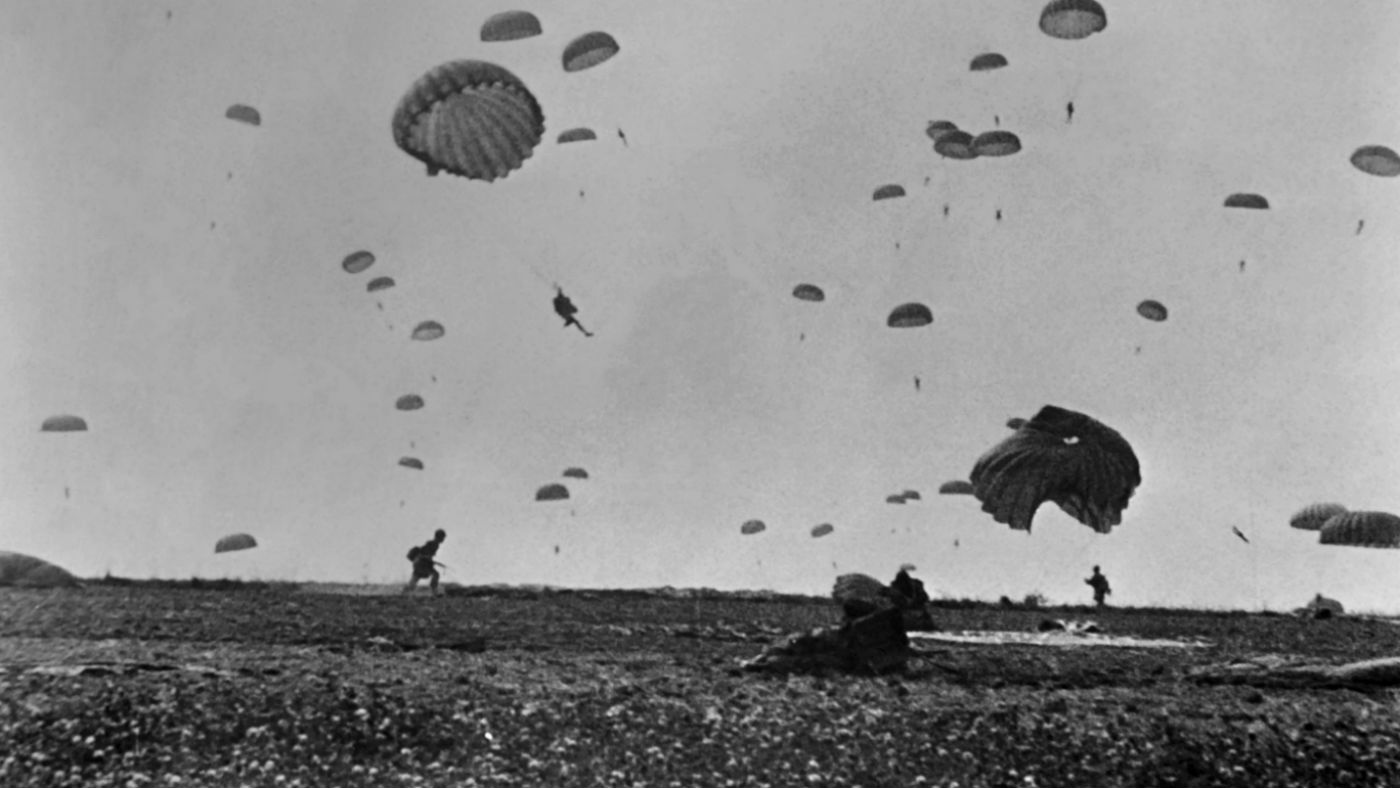
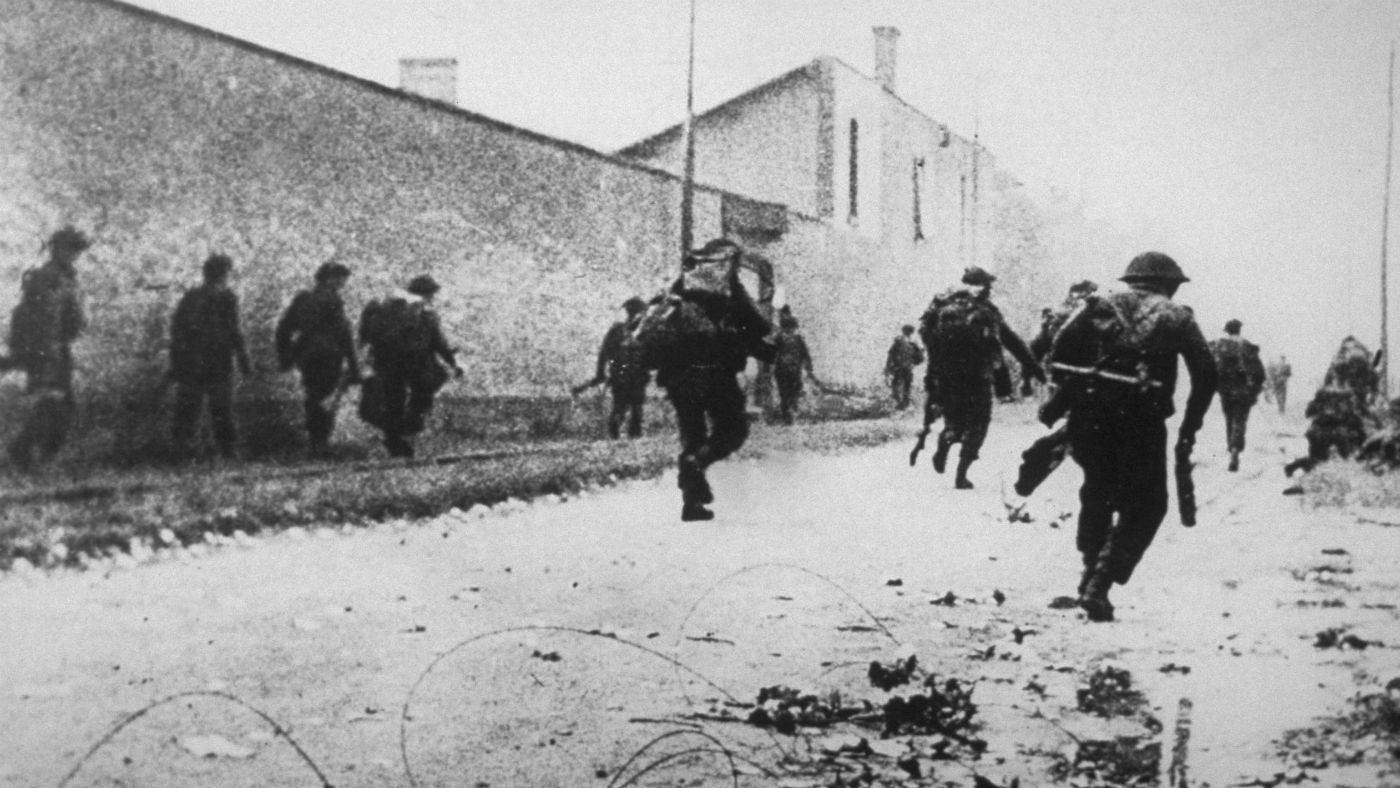
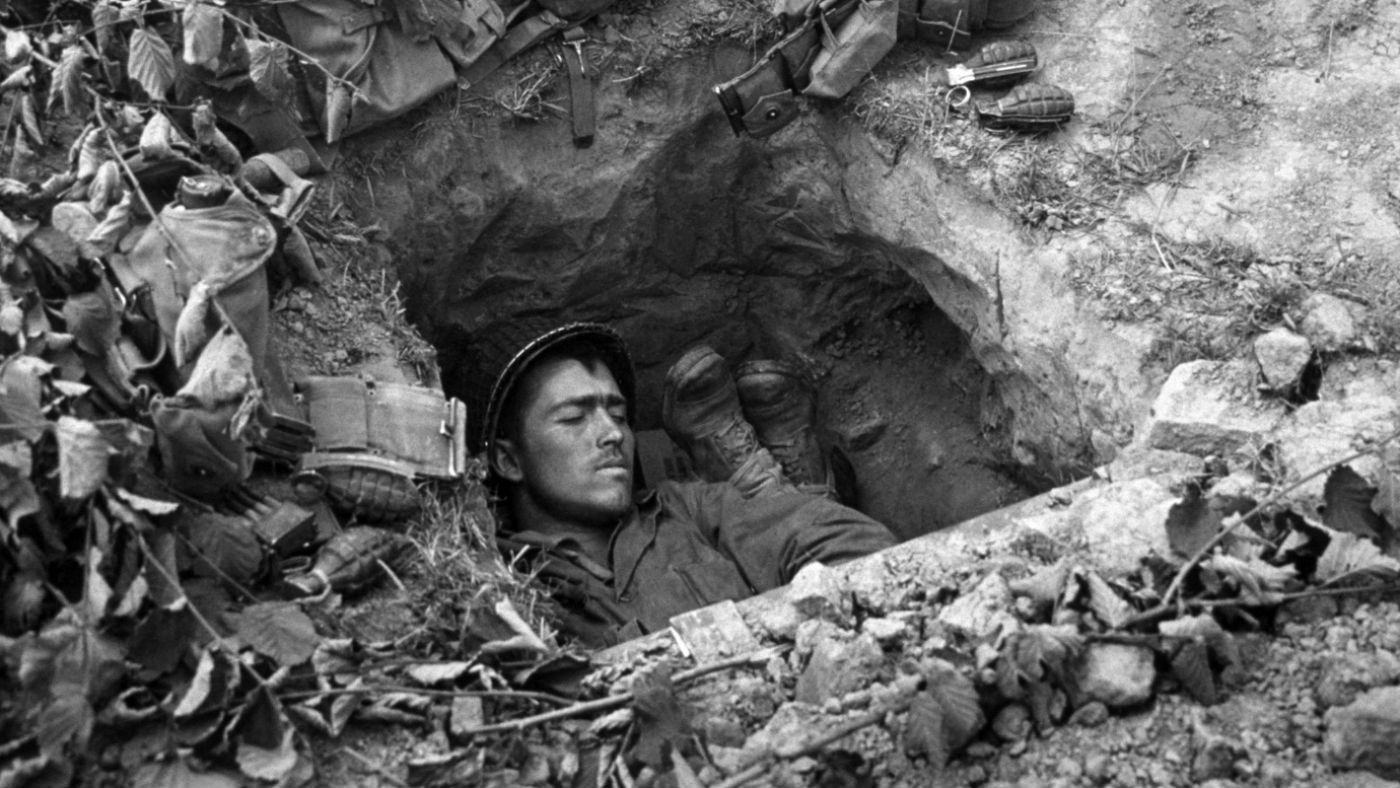
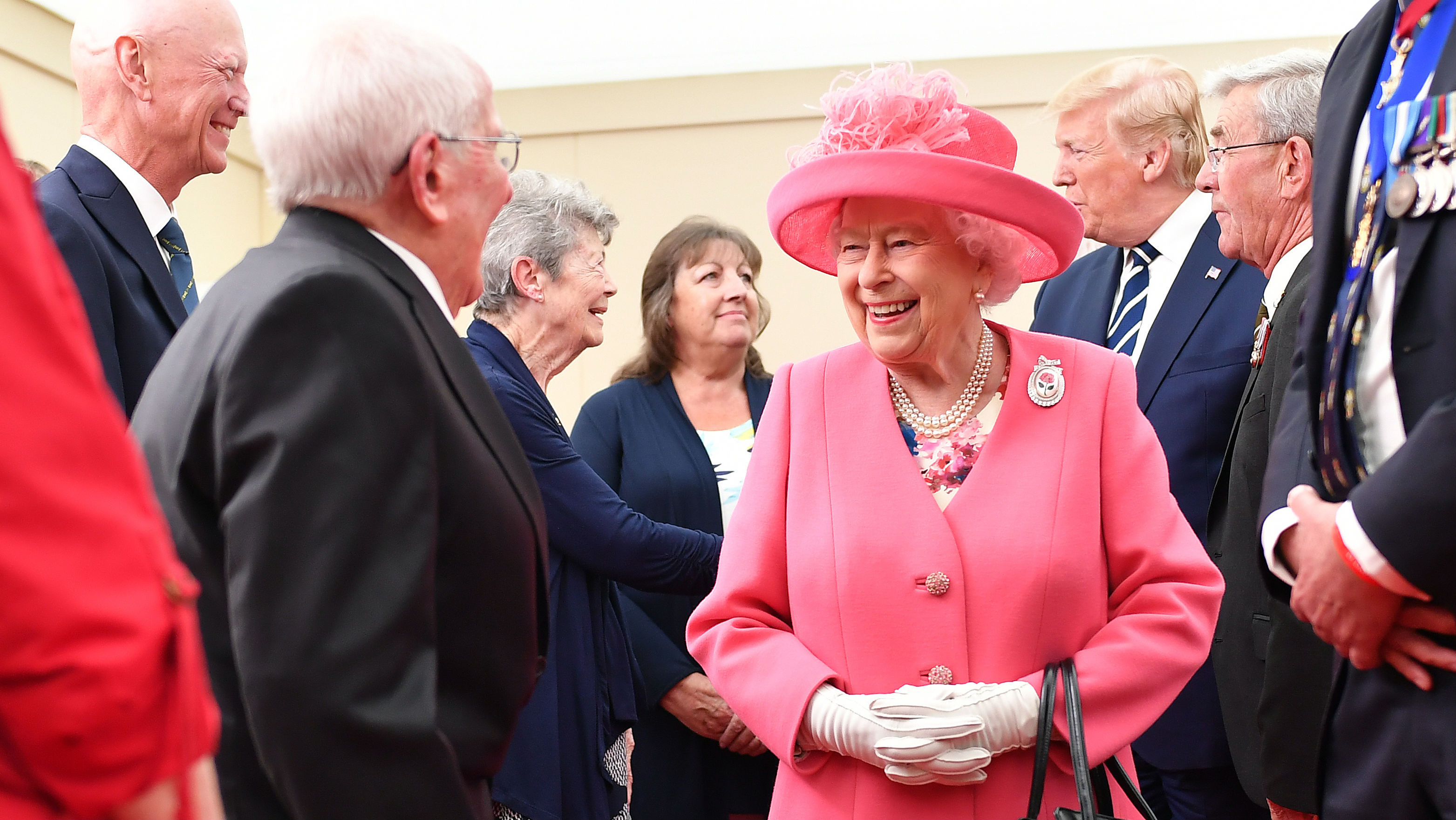


World leaders have joined hundreds of veterans in Normandy to mark the 75th anniversary of the D-Day landings.
The commemoration events began with a lone piper playing at 7.26am, the moment the first British soldiers came ashore on 6 June 1944.
Prime Minister Theresa May said “thank you” to the veterans, while French President Emmanuel Macron said we owe them “our freedom”.
The Week
Escape your echo chamber. Get the facts behind the news, plus analysis from multiple perspectives.

Sign up for The Week's Free Newsletters
From our morning news briefing to a weekly Good News Newsletter, get the best of The Week delivered directly to your inbox.
From our morning news briefing to a weekly Good News Newsletter, get the best of The Week delivered directly to your inbox.
US President Donald Trump attended a service at the US war cemetery at Omaha Beach, where he said American troops “came here and saved freedom, and then they went home and showed us all what freedom is all about”.
Seventy-five years ago, nearly 160,000 Allied soldiers, sailors and airmen took the largest-ever seaborne invasion in history.
The first phase of the operation began shortly after midnight, as thousands of US and UK paratroopers dropped behind enemy lines, tasked with capturing strategic points and slowing the German retreat.
Finally, at 6.30am, around 60,000 US troops assaulted two beaches along the coast of Normandy, codenamed Utah and Omaha,
A free daily email with the biggest news stories of the day – and the best features from TheWeek.com
An hour later, UK and Canadian forces stormed three other beaches, codenamed Juno, Gold and Sword.
The D-Day landings opened the way into Nazi-occupied France, launching a campaign which would ultimately bring about the surrender of Germany in May 1945.
However, victory came at a steep cost. Despite efforts to weaken German defences with naval and aerial bombardment in the hours before the landing, Allied soldiers faced stiff resistance in the form of mines, artillery and machine-gun nests.
At least 4,000 Allied troops were killed on D-Day, and thousands more wounded. Casualties were heaviest on Omaha Beach, where rough seas and unexpectedly strong German defences left US soldiers trapped under enemy fire.
However, all five beaches were successfully taken: the campaign to liberate Europe from Nazi rule was afoot.
Here are some of the most unforgettable images from that day in the gallery above.
-
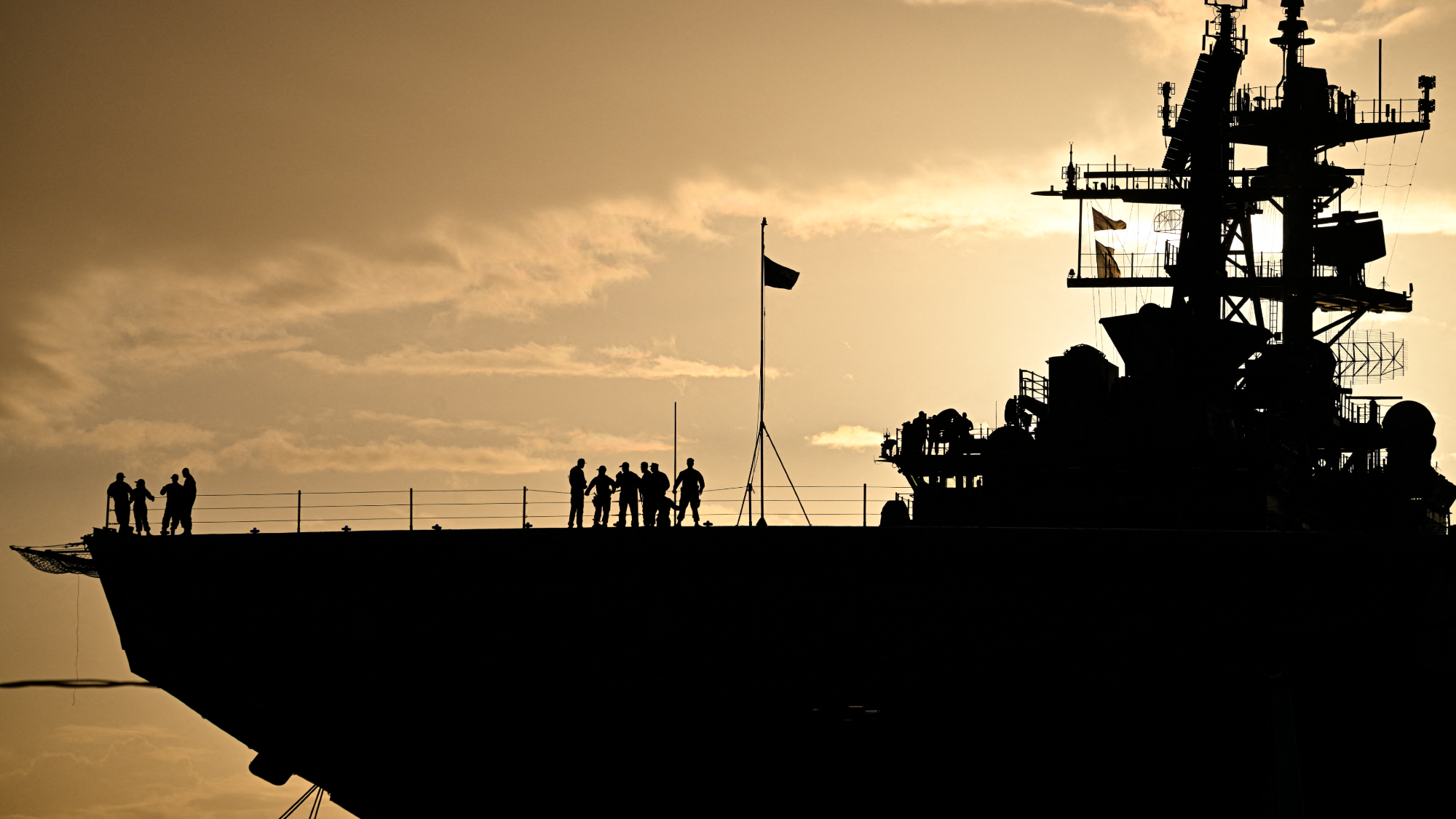 Trump vows naval blockade of most Venezuelan oil
Trump vows naval blockade of most Venezuelan oilSpeed Read The announcement further escalates pressure on President Nicolás Maduro
-
 Political cartoons for December 17
Political cartoons for December 17Cartoons Wednesday's political cartoons include healthcare costs, the affordability hoax, giving up pencils, and more
-
 Trump vs. BBC: what’s at stake?
Trump vs. BBC: what’s at stake?The Explainer The US president has filed a $10 billion lawsuit over the editing of Panorama documentary, with the broadcaster vowing to defend itself
-
 How Bulgaria’s government fell amid mass protests
How Bulgaria’s government fell amid mass protestsThe Explainer The country’s prime minister resigned as part of the fallout
-
 Femicide: Italy’s newest crime
Femicide: Italy’s newest crimeThe Explainer Landmark law to criminalise murder of a woman as an ‘act of hatred’ or ‘subjugation’ but critics say Italy is still deeply patriarchal
-
 Brazil’s Bolsonaro behind bars after appeals run out
Brazil’s Bolsonaro behind bars after appeals run outSpeed Read He will serve 27 years in prison
-
 Americans traveling abroad face renewed criticism in the Trump era
Americans traveling abroad face renewed criticism in the Trump eraThe Explainer Some of Trump’s behavior has Americans being questioned
-
 Nigeria confused by Trump invasion threat
Nigeria confused by Trump invasion threatSpeed Read Trump has claimed the country is persecuting Christians
-
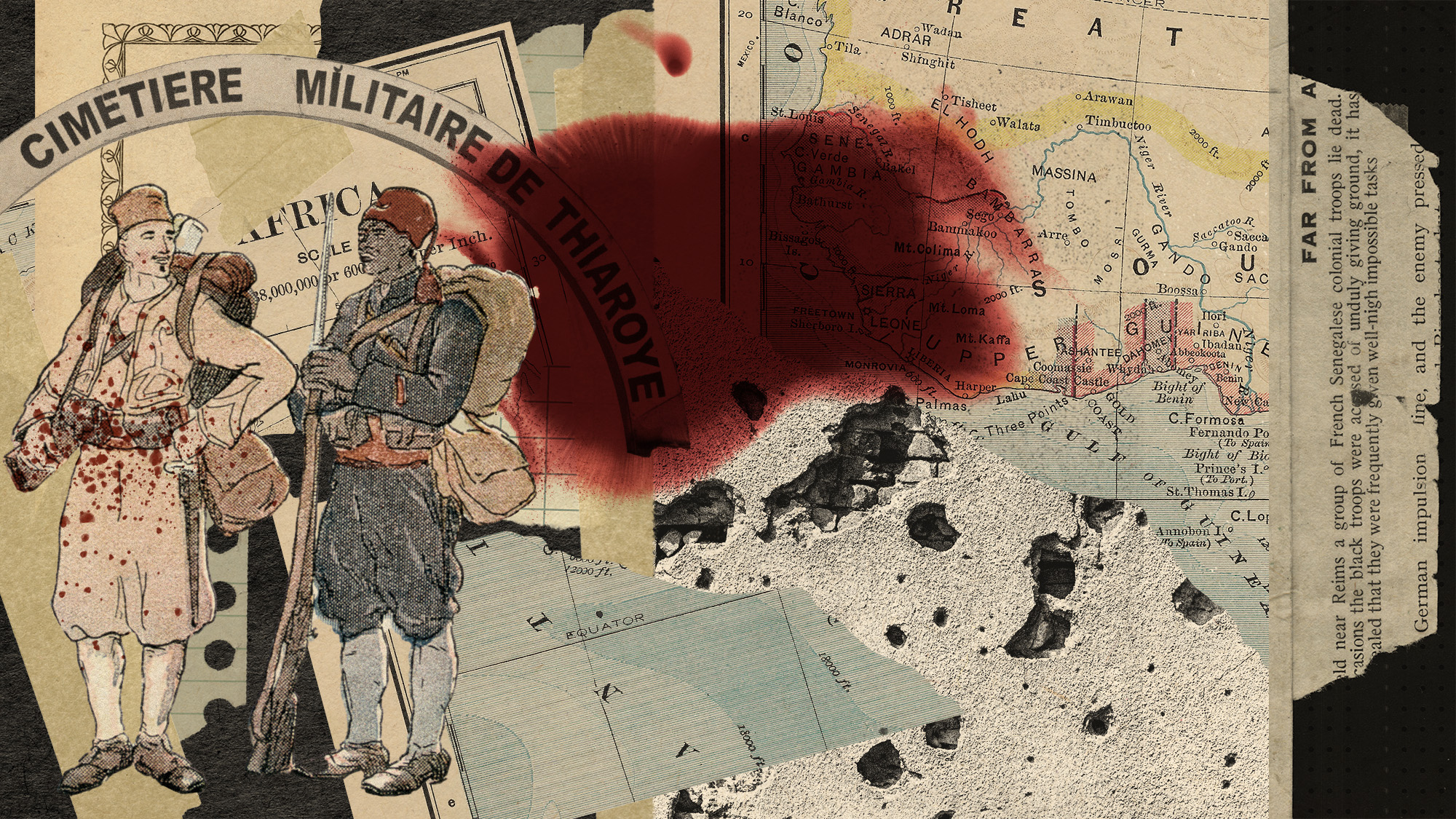 The WW2 massacre dividing Senegal and France
The WW2 massacre dividing Senegal and FranceUnder the Radar A new investigation found the 1944 Thiaroye attack on ‘unarmed’ African soldiers was ‘premeditated’, and far deadlier than previously recorded
-
 Sanae Takaichi: Japan’s Iron Lady set to be the country’s first woman prime minister
Sanae Takaichi: Japan’s Iron Lady set to be the country’s first woman prime ministerIn the Spotlight Takaichi is a member of Japan’s conservative, nationalist Liberal Democratic Party
-
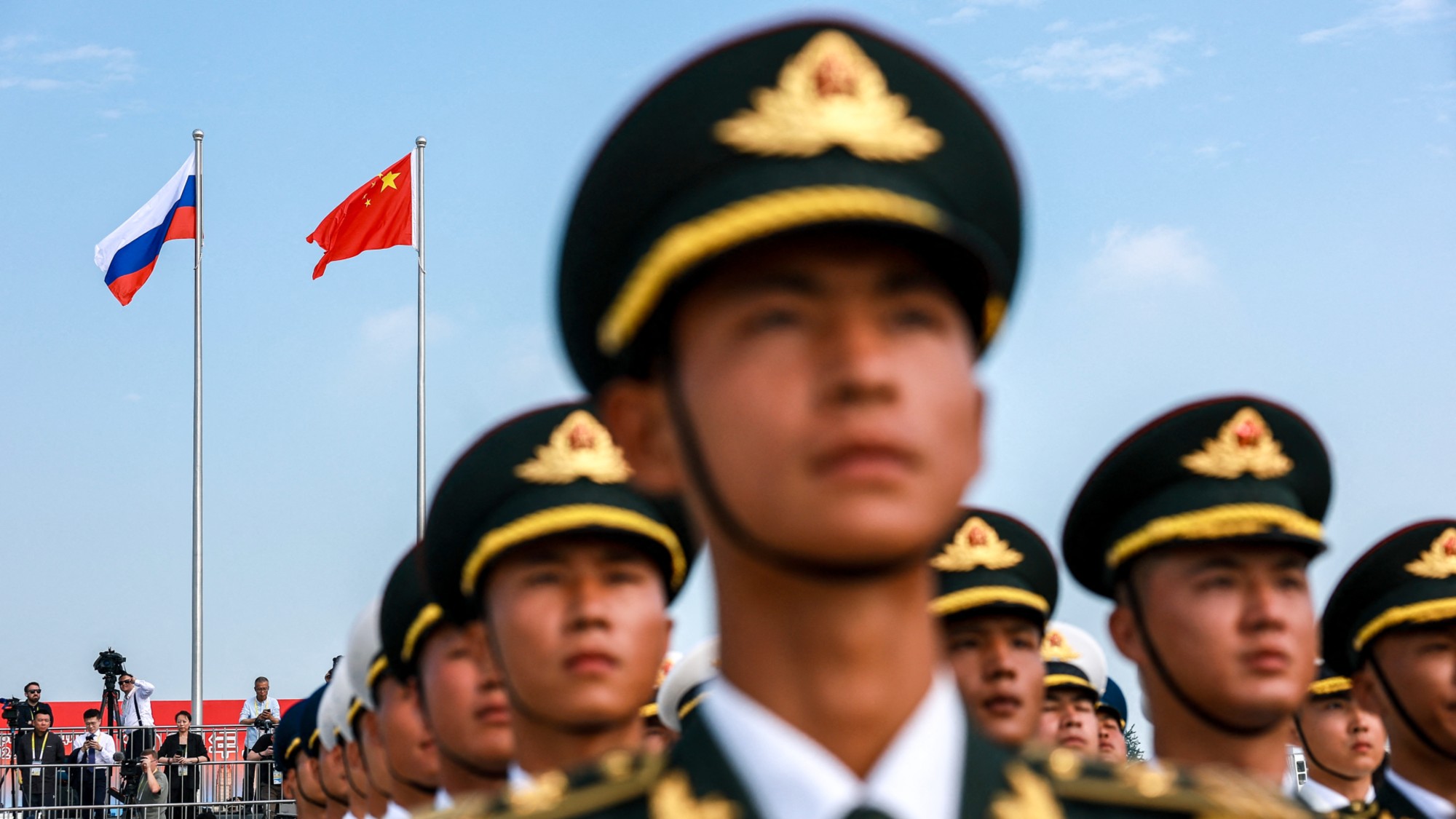 Russia is ‘helping China’ prepare for an invasion of Taiwan
Russia is ‘helping China’ prepare for an invasion of TaiwanIn the Spotlight Russia is reportedly allowing China access to military training